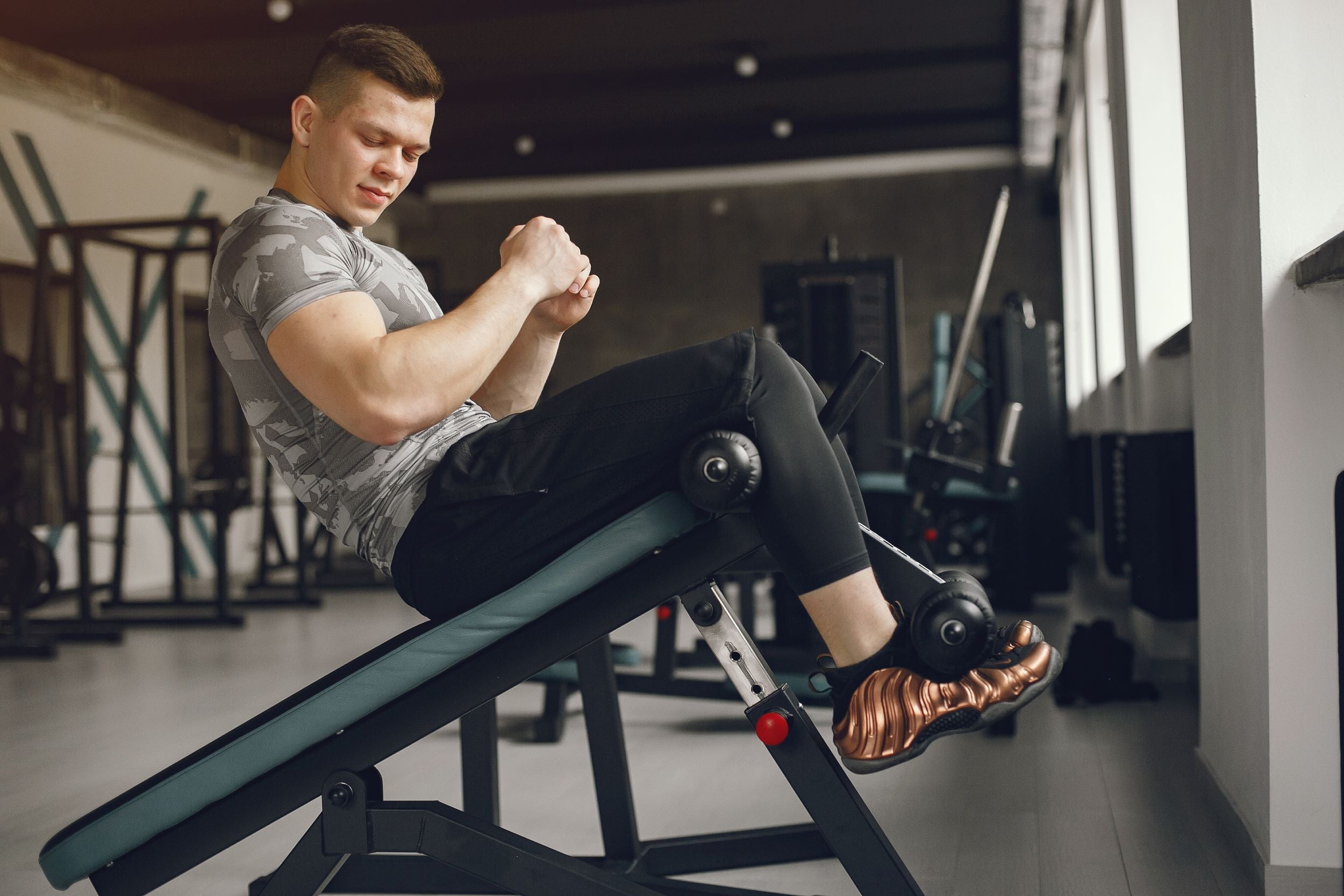For those aiming to enhance their workout routines, having access to a variety of effective gym equipment can make a significant difference. One piece that often catches the eye in a commercial gym is the decline bench. While it may appear to be just a simple slanted surface, its distinctive design enables it to target muscles in ways that other benches cannot.
Features of a Decline Bench
The decline bench is specifically crafted for exercises that focus on the upper body, especially the chest and core, while emphasizing different angles. Here are the key features:
1) Adjustable Decline Angle
A standout feature of a decline bench is its adjustable angle, usually ranging from 15 to 30 degrees. This decline angle shifts the emphasis from the middle of the chest to the lower chest, making it a fantastic addition for developing a well-rounded chest.
2) Leg Anchors
Most decline benches are equipped with padded leg anchors to help stabilize your lower body during workouts. These leg anchors enable you to perform exercises like decline bench presses and sit-ups without slipping, providing a safe and secure experience.
3) Versatile Frame
Many decline benches are part of adjustable bench systems, allowing them to convert into flat or incline benches. This versatility is particularly beneficial in a commercial gym, where one bench can fulfill multiple functions.
4) Sturdy Construction
Decline benches are designed to handle heavy weights, typically made with robust steel frames and thick padding for comfort. This durability is perfect for a wide range of users, from beginners to experienced lifters.
Pros of Using a Decline Bench
Enhanced Chest Development
By positioning the body at a downward angle, the decline bench focuses on the lower pectoral muscles. This targeted approach can help achieve a balanced and fuller chest, which is often challenging with a standard flat or incline bench. For bodybuilders and fitness enthusiasts, this means improved muscle definition and symmetry.
Core Engagement
The decline angle of the bench demands greater stability, which activates your core muscles more effectively. Exercises like decline sit-ups and decline leg raises become more challenging, transforming the bench into a powerful tool for core strengthening.
Reduced Shoulder Stress
In comparison to flat or incline bench presses, the decline bench press generally places less strain on the shoulders. The body’s positioning encourages a more natural pressing movement, making it suitable for individuals with shoulder issues or those looking to prevent injuries.
Increased Range of Motion
The decline angle allows for a slightly extended range of motion, especially in chest exercises. This increased range means that more muscle fibers are engaged, potentially leading to better strength and hypertrophy.
Versatility for Compound and Isolation Exercises
Decline benches are not limited to pressing movements; they are also excellent for a variety of exercises targeting the chest, core, and even arms. Decline dumbbell presses, decline cable flys, and decline sit-ups all become highly effective on this bench. This versatility makes it a valuable addition to any gym setup.
Cons of Using a Decline Bench
Limited Upper Chest Activation
One of the main drawbacks of the decline bench is that it doesn’t target the upper chest muscles as effectively as a flat or incline bench. For those aiming to develop their upper chest, the decline bench might not yield the desired results. To achieve a well-rounded chest workout, it’s important to incorporate incline or flat exercises as well.
Increased Difficulty for Beginners
Decline exercises can pose a greater challenge for beginners since they demand additional core stability and balance. Without proper technique, the risk of injury may rise, particularly in the lower back and shoulders. Beginners may find it more beneficial to start with a flat or incline bench before progressing to decline variations.
Not Ideal for All Exercises
Although the decline bench is versatile, it’s not suitable for every exercise. For instance, performing bicep curls and shoulder presses can feel awkward on a decline bench. If you have limited space or budget and need equipment that accommodates a wider range of exercises, a standard flat bench might be a more practical choice.
Potential for Blood Pressure Changes
Working out on a decline bench positions your head lower than your heart, which can sometimes lead to increased blood pressure in the head and neck area. While this is generally safe for most individuals, it may cause discomfort or dizziness, particularly for those who aren’t used to the angle. It’s important to exercise caution, especially when lifting heavier weights.
CONCLUSION
1441 Fitness is here for you not only to tell you about the many benefits of our gym equipment but also can have them delivered and installed for you with ease at your home or commercial gym. Contact us!




